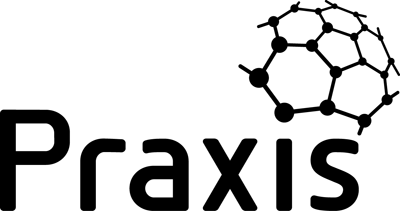For most project portfolio professionals, the term robotic project management conjures discussion of the rise of cloud solutions, Internet of Things (IoT), Artificial intelligence (AI), 5G mobile internet and Voice-driven software that will of course indelibly change and improve project management delivery through the use of predictive project portfolio management tools.
 However, hardly anyone ever talks about the dark side of robotic project management. That is, when project management becomes template-driven, documentation heavy and cumbersome rather than focused on the minimum information and evidence required by the project owner to make an informed decision. Sure project management templates have their place to enable consistency across an organisation but project information and evidence must always suit the needs of the project based on its unique characteristics in terms of its size, risk, complexity and the organisational environment in which it is being managed.
However, hardly anyone ever talks about the dark side of robotic project management. That is, when project management becomes template-driven, documentation heavy and cumbersome rather than focused on the minimum information and evidence required by the project owner to make an informed decision. Sure project management templates have their place to enable consistency across an organisation but project information and evidence must always suit the needs of the project based on its unique characteristics in terms of its size, risk, complexity and the organisational environment in which it is being managed.
Templates over information?
What’s often forgotten is that there is no global industry best practice project management methodology that tells PMOs and project managers alike that project - management, governance and boundary products are documents or templates. But rather advises that these products are in fact information sets that can take form in different “formats and presentations”. This enables the business, supplier and user interest roles to use that information to take action and/or make the necessary decisions, particularly where stage or project tolerances for time, cost, scope, risks, benefits and quality (criteria) are likely to exceed.
A common element of all the well known project management methodologies, for example, Managing Successful Projects with PRINCE2, Project Management Body of Knowledge or the community driven Praxis Framework is the use of product descriptions that are used to describe the purpose and composition of the project, specialist and technical products.
A product description is a specification for an output, capability, outcome, benefit and/or value that will deliver a component of the agreed project objectives. It enables people to understand the detailed nature, purpose, function, appearance and acceptance criteria of the product. It should contain sufficient information to identify including any dependencies with other products, particularly what activities and how much money will be needed to develop, test and approve the product; the resources needed to develop it and where further information may be found.
A pre-defined template, on the other hand, enables project managers to fill-in a project management document without thinking about the required information with the intent simply to gain approval from the project owner. This approach neither supports effective investment decision making, gateway assurance reviews that focuses on the information (rather than the documentation) or improve the likelihood of project success. So care must be taken to ensure the services offered by a PMO does not become process and template driven but rather focused on reviewing and challenging the content of the project documentation. Appropriate support and advice should always be given to project managers when information and data quality is lacking to ensure continued project viability, desirability and affordability.
Repeat after me!
Documentation is important but information and evidence is critical! For greenfield or less experienced project managers, the prospect of preparing numerous templates can be daunting, without proper and timely PMO support and guidance, particularly if the information is not tailored to align with organisational policies and standards such as risk management and procurement. What often occurs when there is an unbridled focus on templates is the unnecessary duplication of the same project information that can lead to rework when changes occur, particularly where information provenance through a single source of truth is not maintained.
In summation, given that failed projects are still a ubiquitous worldwide phenomenon why do organisations still continue to focus on template-driven project management when the focus should be on the required information and evidence. Effective project management becomes hindered when organisational governance processes and practices leads to excessive documentation. So pragmatic project management, therefore, is about thinking how to apply the methodology and then using it with a lightness of touch. Whilst template driven project management exists where every process activity is followed and every management product is produced without question.
On a closing note and probably Obi-Wan Kenobi said it best ...
It takes strength to resist the dark side. Only the weak embrace it. It is more powerful than you know. And those who oppose it are more powerful than you'll ever be.




